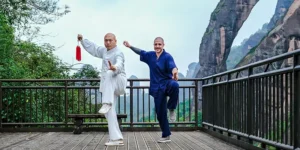Tai Chi, an ancient Chinese martial art rooted in Taoist philosophy, is celebrated globally for enhancing balance, flexibility, and overall well-being. This guide explores key Tai Chi exercises, the 108 moves tai chi, tai chi for elderly, and qigong styles for older adults. Helps you understand Tai Chi for balance and flexibility.
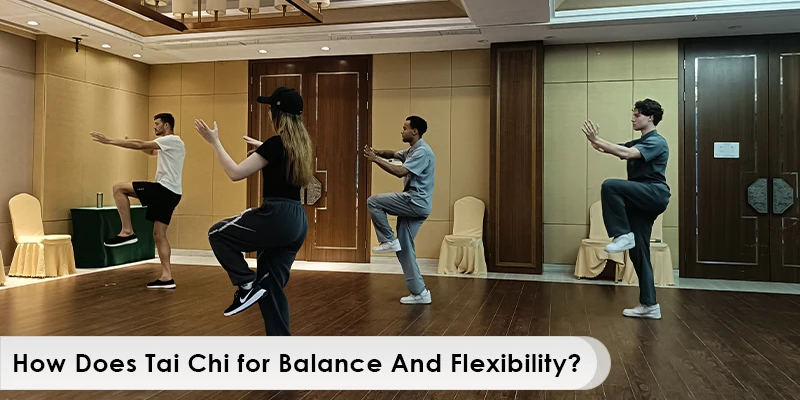
Tai Chi Balance Exercises for Seniors
Tai Chi, is one of the best exercises for seniors to help balance, prevent falls, and maintain flexibility. Below, we outline key Tai Chi balance exercises for seniors, their benefits, and recommended practices.
Why Tai Chi for Senior Balance?

As we age, muscle strength and coordination decline, increasing fall risks. Tai Chi for balance overcome these challenges by:
- Strengthening leg and core muscles.
- Improving posture and spatial awareness.
- Enhancing joint mobility (especially for arthritis).
- Boosting confidence in movement.
Programs like Dr. Paul Lam’s Tai Chi for Arthritis and Fall Prevention are specifically designed for older adults, blending slow motions with therapeutic benefits. Research shows regular practice reduces fall rates by up to 50% in seniors.
5 Tai Chi Balance Exercises for Seniors
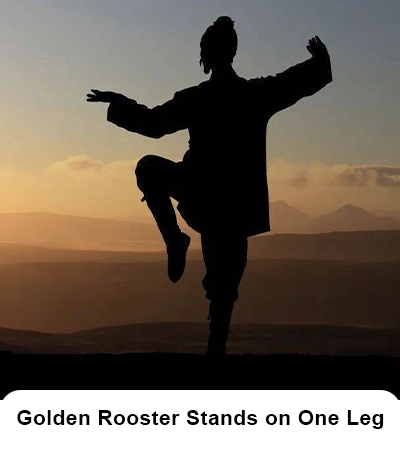
Golden Rooster Stands on One Leg
- Slowly shift weight to one leg, lifting the opposite knee slightly.
- Hold for 5–10 seconds, then switch sides.
- Benefits: Builds leg strength and stability.

Wave Hands Like Clouds
- Move arms in gentle, horizontal arcs while shifting weight side-to-side.
- Keep knees slightly bent and movements fluid.
- Benefits: Enhances coordination and lateral balance.
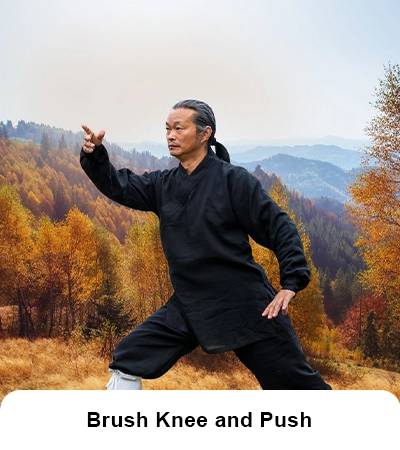
Brush Knee and Push
- Step forward, brushing one hand past the knee while pushing the other forward.
- Alternate sides, focusing on smooth transitions.
- Benefits: Improves forward/rear balance and hip flexibility.
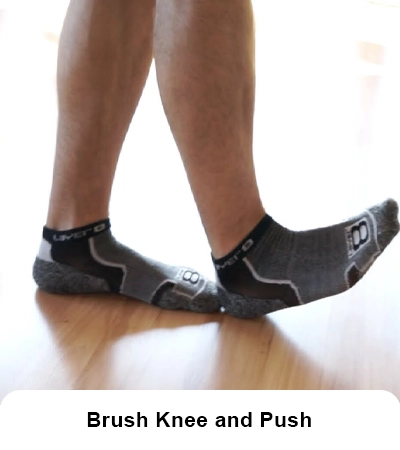
Heel-to-Toe Walking
- Walk slowly in a straight line, placing the heel of one foot directly in front of the toe of the other.
- Use a wall or chair for support if needed.
- Benefits: Sharpens dynamic balance and gait control.
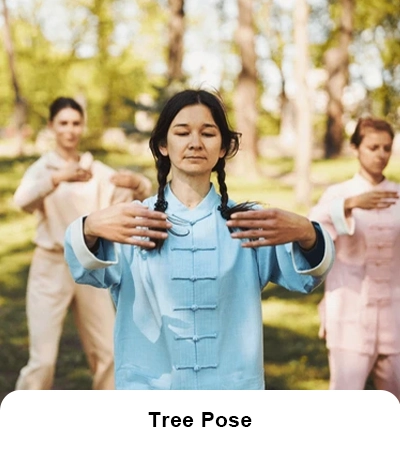
Tree Pose
- Stand tall, press one foot into the inner thigh of the opposite leg.
- Hold arms in a relaxed “holding the ball” position.
- Benefits: Develops focus and steadiness.
108 Moves Taoist Tai Chi
The Taoist Tai Chi 108 moves form is one of the most popular and comprehensive moves in Tai Chi practice. It origined in Taoist philosophy and the cultivation of chi energy, this traditional form blends martial arts, meditation, and health principles. 108 moves tai chi often called as Tai Chi 108 or Taoist Tai Chi moves 108, it is a energetic practice loved by both beginners and advanced practitioners.
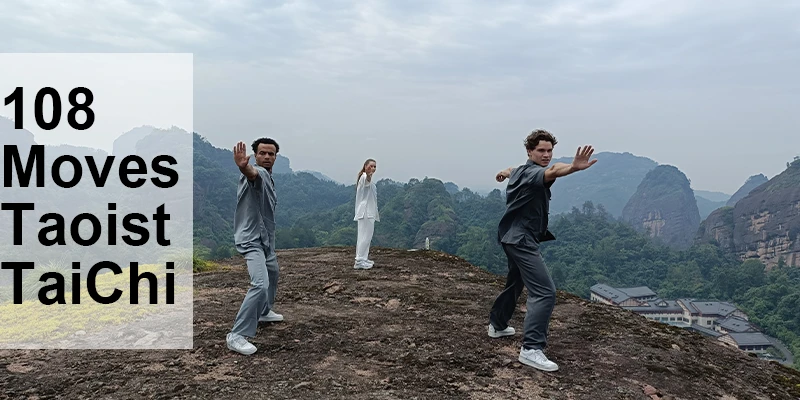
This part focuses on the origin, structure and benefits of 108 Tai Chi.
Tai Chi 108 Origins
The 108-move form origins ancient Chinese martial arts and Taoist traditions. It focus harmony between yin and yang, the balance of chi in the body, and alignment with natural rhythms. Unlike shorter forms 24 or 48 moves, the 108 moves Tai Chi offers a complete system:
The 108-move form origines Chen-style Tai Chi, the oldest surviving Tai Chi style, developed in the 17th century by Chen Wangting in Henan Province. Until 19th century, Yang Luchan, founder of Yang-style Tai Chi, learned Chen-style forms and adapted them. The Yang family preserved the traditional 108-move structure but slower, more fluid movements.
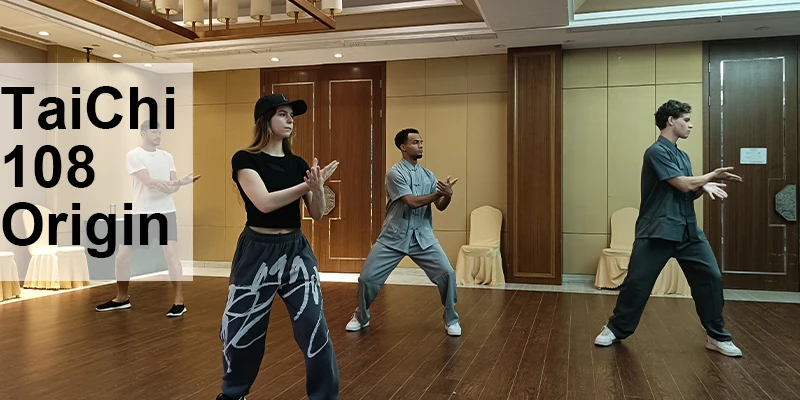
And the number 108 holds profound significance in Asian spiritual traditions. In Buddhism, 108 represents the 108 earthly desires or defilements (kleshas) that practitioners aim to transcend.
Taoist cosmology associates 108 with the harmony of heaven, earth, and humanity, as well as the 108 pressure points in the body linked to chi energy flow. The form’s 108 tai chi movements are divided into three sections, symbolizing heaven, earth, and humanity.
The 108 form embodies yin-yang theory, balancing softness and strength, expansion and contraction. Movements like Grasp the Sparrow’s Tail and Single Whip reflect Taoist ideals of wu wei and harmony with nature. The 108 tai Chi Qigong is slow, continuous motions are to unblock and circulate chi energy through the body’s meridians, promoting vitality and longevity. This aligns with Qigong practices and classical Chinese medicine.
Structure of the 108 Moves
108 Tai Chi is divided into three structures: Heaven, Earth, and Man. The details are as follows:
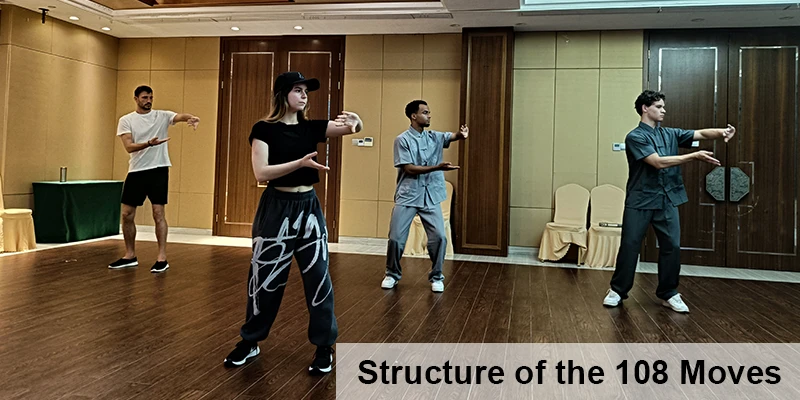
- The first section (1-40 styles): Heaven
- Features: Opening, closing, and stretching your body, with grand and relaxed movements, combining body and breathing.
- Core movements:
- Qǐ Shì
- Lan Què Wěi
- Dān Biān
- Tí Shǒu Shàng Shì
- The second section (41-80 styles): Earth
- Features: The center of gravity sinks, the footwork is diverse, and the focus is on the stability and transformation of the lower body.
- Core movements:
- Yún Shǒu
- Jīn Jī Dú Lì
- Dǎo Juǎn Gōng
- Hǎi Dǐ Zhēn
- Third Section (81–108): Man
- Features: Complex and varied movements, attack and defense in one, spiral torque, and a return to stillness at the end.
- Core movements:
- Yù Nǚ Chuān Suō
- Zhuǎn Shēn Bǎi Lián
- Wān Gōng Shè Hǔ
- Shōu Shì
Benefits of the 108 Move Tai Chi Form
The 108-move Tai Chi form, rooted in martial arts, Taoist principles, and traditional Chinese medicine, this practice is a comprehensive system for health.
Physical Health Benefits
- Improved Body Balance and Flexiability: The 108 form’s weight-shifting postures strengthen the legs and core, reducing fall risks, especially in seniors. Gentle spiraling motions lubricate joints and improve range of motion.
- Muscular Strength and Posture: Holding low stances builds lower body strength. Upright postures correct slouching and align the spine, reducing back pain.
- Cardiovascular Health: Continuous movement for 20–30 minutes elevates heart rate gently, improving circulation without straining the heart.
Mental and Emotional Benefits
- Stress Relief and Mental Clarity: The meditative rhythm of the 108 moves activates the parasympathetic nervous system, lowering cortisol levels. When you focus on breath and movement creates a “moving meditation”, reducing anxiety and depression.
- Enhanced Cognitive Function: Memorizing the 108-moves challenges the brain, boosting memory and concentration.
- Emotional Balance: Taoist principles of yin-yang harmony foster emotional resilience, helping practitioners control your life and works.
Energy and Spiritual Benefits
- Chi Cultivation: The 108 form’s circular movements unblock energy pathways, enhancing vitality.
- Spiritual Connection: The 108-move tai chi mirrors Taoist cosmology (Heaven, Earth, Humanity), fostering a sense of unity with nature.
Is Tai Chi As A Fighting Art?
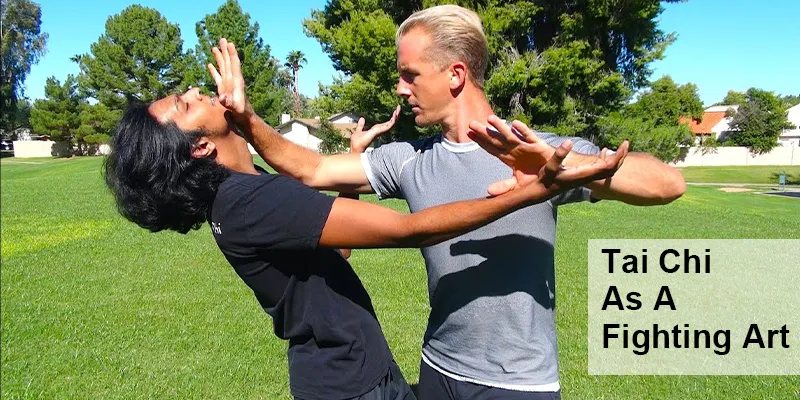
Many people wonder: is Tai Chi a martial art? The answer is yes—Tai Chi is not just a meditative exercise but also a martial Tai Chi Chuan with deep combat.
While Tai Chi is often practiced for health, its Tai Chi fighting style remains relevant in the real world. Many martial artists incorporate Tai Chi’s soft yet powerful movements into mixed martial arts (MMA) and self-defense training. The art’s focus on sensitivity and timing makes it valuable for close-quarters combat.
Whether for self-defense, health, or spiritual growth, Tai Chi Chuan is worth exploring for martial artists and enthusiasts alike. By understanding its martial roots, practitioners can appreciate Tai Chi as a fighting art beyond its meditative reputation.
Tai Chi Chuan 10 Benefits
Tai Chi Chuan is a Chinese martial art known for its slow, flowing movements and deep mind-body connection. Below, you’ll know the 10 benefits of Tai Chi and answer key questions like “Can Tai Chi help with weight loss?” and “Is Tai Chi a good workout?”
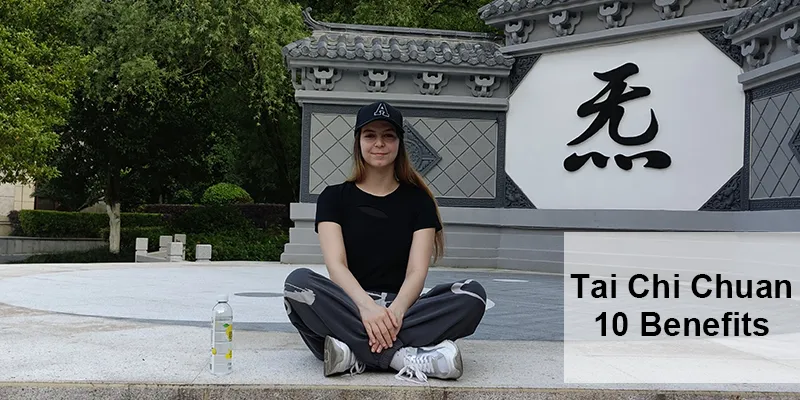
1. Improves Balance and Prevents Falls
One of the primary benefits of Tai Chi is its stability, especially in older adults. The controlled movements strengthen leg muscles, reducing fall risks.
2. Reduces Stress and Anxiety
Tai Chi combines deep breathing and mindfulness, making it an excellent stress-relief tool. Studies show it lowers cortisol levels, promoting relaxation.
3. Enhances Flexibility
The gentle stretches in Tai Chi improve joint flexibility and motion, making it suitable for those with arthritis or stiffness.
4. Strengthens Muscles and Bones
Though low-impact, Tai Chi engages multiple muscle groups, improving strength. Weight-bearing postures also support bone density, helping prevent osteoporosis.
5. Boosts Cardiovascular Health
Regular Tai Chi practice can lower blood pressure, improve circulation, and enhance heart function, contributing to long-term cardiovascular health.
6. Supports Mental Clarity and Focus
The meditation of Tai Chi sharpens attention and may reduce cognitive decline in older adults.
7. Help Relieve Pain
People with chronic pain (e.g., back pain, fibromyalgia) often find relief through Tai Chi’s gentle movements and relaxation techniques.
8. Lose Weight
Many ask, “Does Tai Chi help lose weight?” While not as intense as high-intensity exercise, Tai Chi burns calories (150-300 per hour) and boosts metabolism, aiding in weight loss when combined with a healthy diet.
9. Improves Sleep Quality
Research shows Tai Chi helps regulate sleep patterns, benefiting those with insomnia or restless sleep.
10. Strengthens Immune Function
Some studies indicate that Tai Chi enhances immune response, potentially reducing illness frequency.
In conclusion, whether you seek weight loss, stress relief, or better mobility, the benefits of Tai Chi Chuan span physical, mental, and emotional health. While it may not replace cardio or strength training entirely, Tai Chi is a balanced exercise that enhances flexibility, strength, and mental well-being.
Tai Chi for Elderly
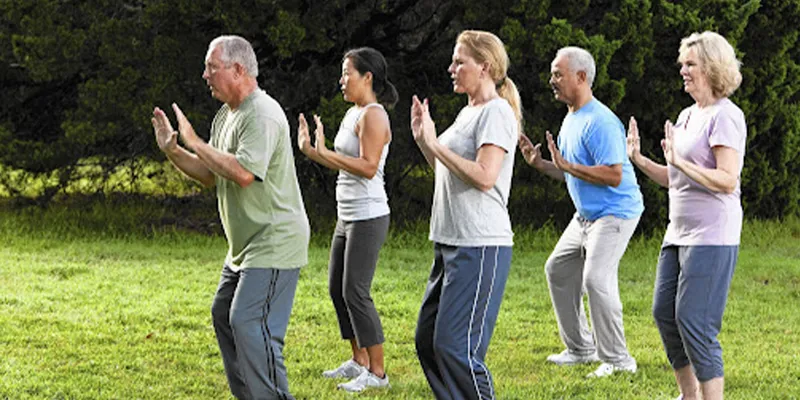
Tai Chi for elderly individuals offers a gentle yet effective way to help physical and mental health. This part will help you understand the benefits of Tai Chi for the elderly, whether Tai Chi is effective for the elderly, and the Tai Chi style that is most suitable for the elderly to exercise.
Why Tai Chi Is Ideal for Seniors
Falls are a main cause of injury among older adults. Tai Chi enhances body awareness and strengthens leg muscles, significantly reducing fall risk. The seniors who practice Tai Chi regularly experience up to 45% fewer falls.
The gentle, slow movements of Tai Chi help maintain joint flexibility, making daily life easier. This is especially beneficial for those with arthritis or stiffness.
Tai Chi builds functional strength in the legs, core, and upper body without stressing joints. This helps seniors maintain independence longer.
Research indicates that Tai Chi can lower blood pressure, improve circulation, and reduce stress on the cardiovascular system, contributing to better heart health.
Tai Chi helps reduce stress, anxiety, and depression. It also enhances cognitive function, potentially slowing age-related mental decline.
For seniors with back pain, osteoarthritis, or fibromyalgia, Tai Chi’s gentle movements can reduce discomfort by improving posture and muscle relaxation.
Does Tai Chi Work for Seniors?
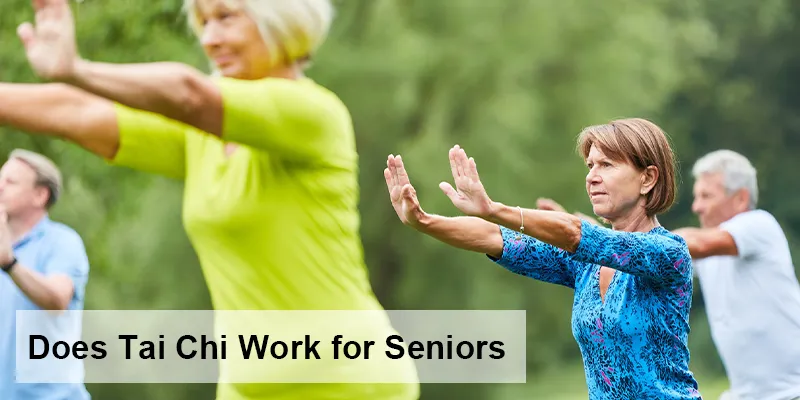
A Harvard Medical School study found that Tai Chi improves balance and reduces fall risk better than conventional stretching exercises.
Research published in the Journal of the American Geriatrics Society showed that Tai Chi enhances cognitive function in elderly individuals.
The British Journal of Sports Medicine reported that Tai Chi helps reduce blood pressure as effectively as moderate-intensity aerobic exercise.
Best Tai Chi Styles for Seniors
Some forms are particularly well-suited for older adults:
- Yang Style – Slow, flowing movements, ideal for beginners.
- Sun Style – Incorporates small steps, good for balance.
- Seated Tai Chi – Modified for those with limited mobility.
Older adults need to first look for classes specifically for seniors. Wear loose, breathable clothing and flat shoes. Start with short sessions, 10-15 minutes per day, and work your way up.
Best Qigong Styles for Seniors
Qigong is particularly well-suited for older adults due to its gentle movements, focus on breathwork, and adaptability to different physical abilities. Below, the most suitable 5 Qigong styles for seniors.
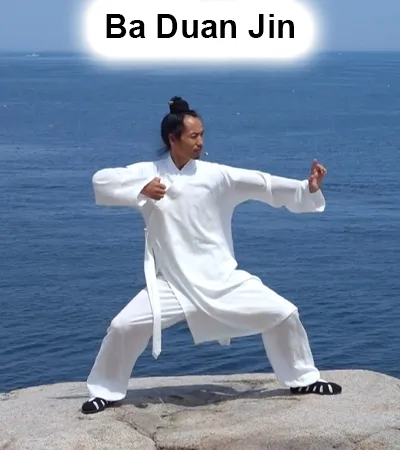
Ba Duan Jin
It consists of 8 simple, repetitive moves to enhances your flexibility, balance, and circulation.
- Strengthens legs and core.
- Improves joint mobility.
- Regulates blood pressure.
Best for beginners or those with limited mobility.
Tai Chi Qigong
Chi gong is slow, controlled motions for stability. Combines Tai Chi’s flowing movements with Qigong’s breathing.
- Reduces fall risk by improving balance.
- Enhances mental focus and relaxation.
- Good on joints.
Best for seniors looking for a mix of movement and meditation.
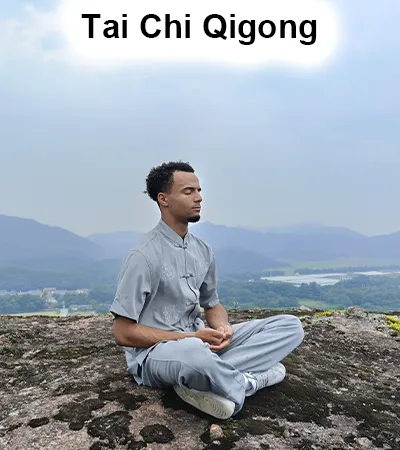
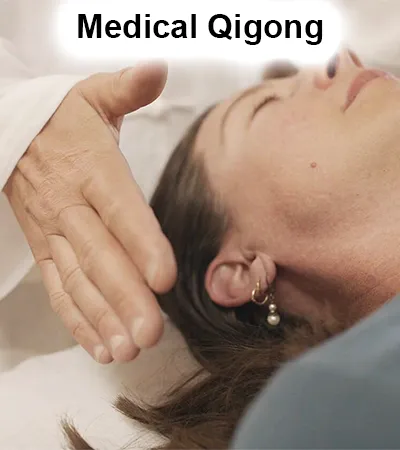
Medical Qigong
Medical Qigong is for treatment. It often used in rehabilitation programs.
- Aids in chronic pain.
- Supports post-stroke recovery.
- Boosts immune function.
Best for those with specific health conditions.
Seated Qigong
It’s used for wheelchair users or limited mobility. Focuses on breathing and gentle arm movements.
- Maintains upper-body flexibility.
- Reduces stress and anxiety.
- Accessible for all people.
Best for frail elderly or those recovering from surgery.
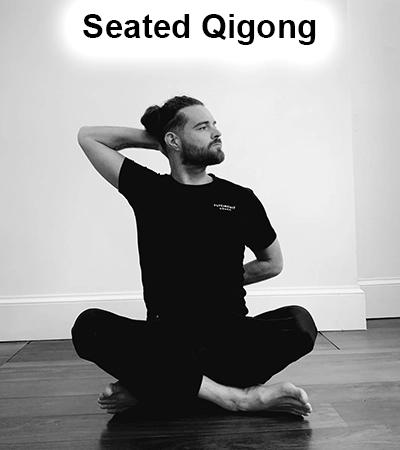
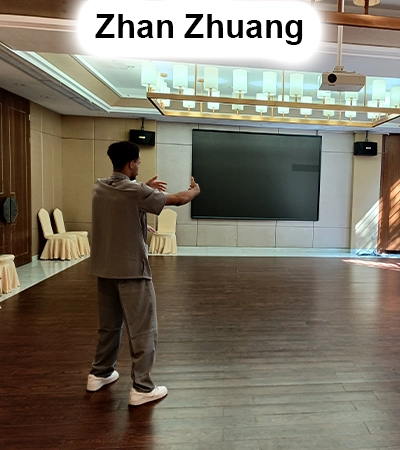
Zhan Zhuang
Strengthens legs and posture without strain.
- Builds lower-body strength.
- Enhances mental clarity.
- Improves circulation and digestion.
Best for seniors who want to improve stability.
Conclusion
Tai Chi and Qigong offer benefits for seniors, blending gentle movement, mindfulness, and treatment principles to promote physical, mental, and emotional well-being. Whether through the forms of Tai Chi 108 or Ba Duan Jin, these practices empower older adults to maintain balance, strength, and independence while reducing fall risks and chronic pain.


